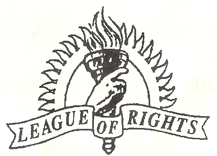From the very beginning, in the foundation works of Marx, Durkheim and Weber, sociology has been enmeshed in Leftist politics, something which is inevitable give its metascientific orientation. Above all else, even with Marxist historical materialism, sociology is based on the view that humans are primarily socio-cultural entities, and biology does not intervene. This is seen most clearly in the work of Durkheim, where in addressing phenomenon like suicide and the division of labour, he explicitly rejects any bio-social explanation, all that is relevant is social facts. Immersed in social bs, where else can one go? The development into a religious attitude, rather than science, would be inevitable. Christian Smith, The Sacred Project of American Sociology, (2014), explores this theme.

